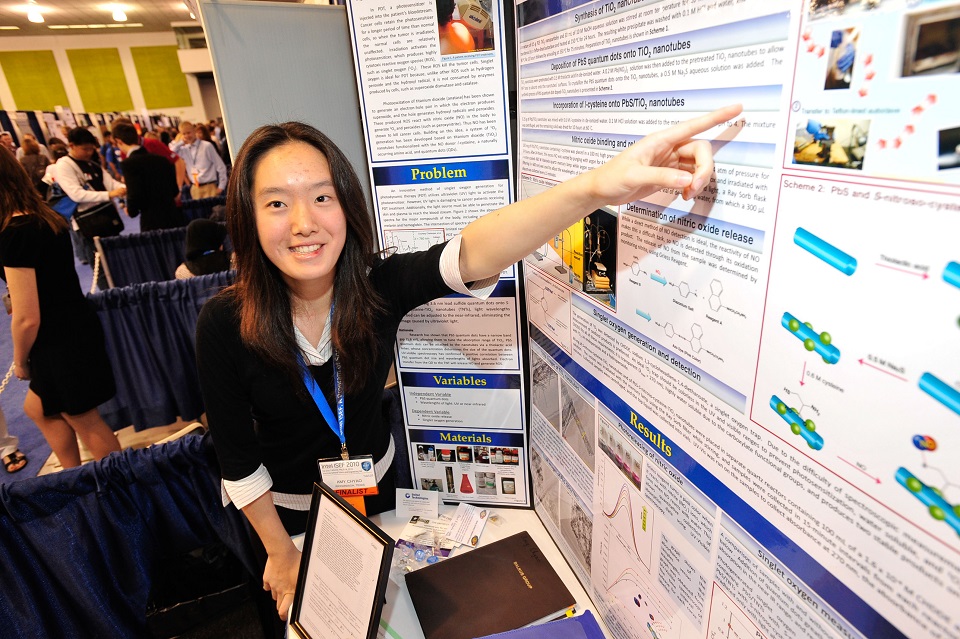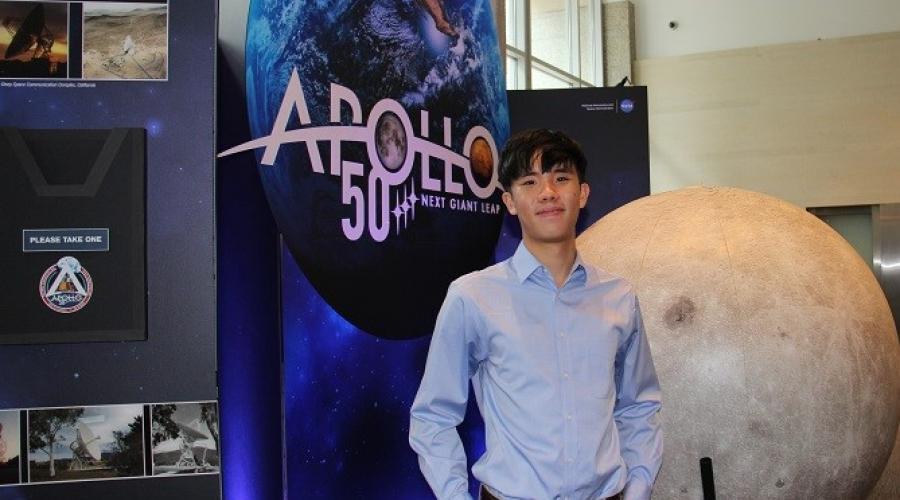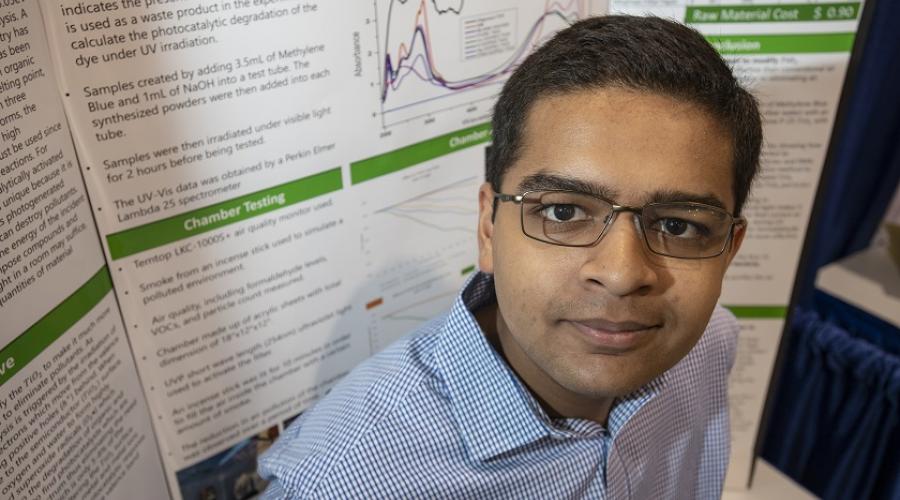From Science Fair Project to Global Solution
By Caitlin Jennings, Communications Specialist, Society for Science & the Public
Many of the projects displayed at the Intel International Science and Engineering Fair have moved past the science fair floor and are making real differences in the lives of people across the globe. Barnett Koven’s Intel ISEF 2008 project, an anaerobic digester that produces efficient, low cost energy, is another such success story.
“Overall, Intel ISEF was a really great experience,” Barnett says. “I was certainly not the typical high school student. For example, I spent a good chunk of my after school time in our school’s greenhouse ̶ which I was using as a make shift lab – and not on the football field. At Intel ISEF, I met a number of like-minded individuals – some of whom I am still in touch with today – and realized for the first time that there is vast world of possibilities available for young people who are interested in science and engineering. Moreover, viewing the amazing array of presentations by other students was inspiring and in part spurred me to refine the anaerobic digestion technology and process which was my [Intel] ISEF entry.”
After the fair, Barnett kept tinkering with his project but also pursued other activities, such as going to Peru to help translate for American doctors providing free care to children. Many of the children had health problems due to the effects of using fuel such as wood and from electrical fires caused by poor wiring. They also often had respiratory health issues that may have been due to indoor air pollution from cooking and heating. “Through this as well as travels through the Ecuadorian Andes, I realized there was a huge need for reliable, safe, and also environmentally-friendly energy sources in the developing world,” Barnett says. With the help of friends, he modified his Intel ISEF project further and founded The Village Energy Project to help get his invention into the homes of the people who could benefit from it.
Barnett has accomplished a lot, but he notes he has had help and inspiration along the way from peers as well as scientists, including Oliver Sacks, a family friend. “Oliver shared his profound interest in diverse fields ranging from magnetism to geology with me as I was growing up,” Barnett says. His science teacher, Paul Gilmore, also provided him with a lot of encouragement and guidance necessary for completing the Intel ISEF project. Because of this, Barnett says to the many science teachers, fair directors, and other people involved in the Society: “never underestimate the impact you can have on tomorrow’s future scientists.”
He also has learned that there are many different images of a scientist, and that they are not confined to lab coats and test tubes. “For those young people who are interested in science but are not sure that they will be content simply doing research for the rest of their lives – I do not think I would have been – know that there are myriad opportunities to combine scientific acumen with other diverse activities ranging from philanthropy to business and from civil service to development work.”
- Learn more about Barnett and the Village Energy Project.
- See how you can inspire young scientists and get involved at the Intel ISEF.


